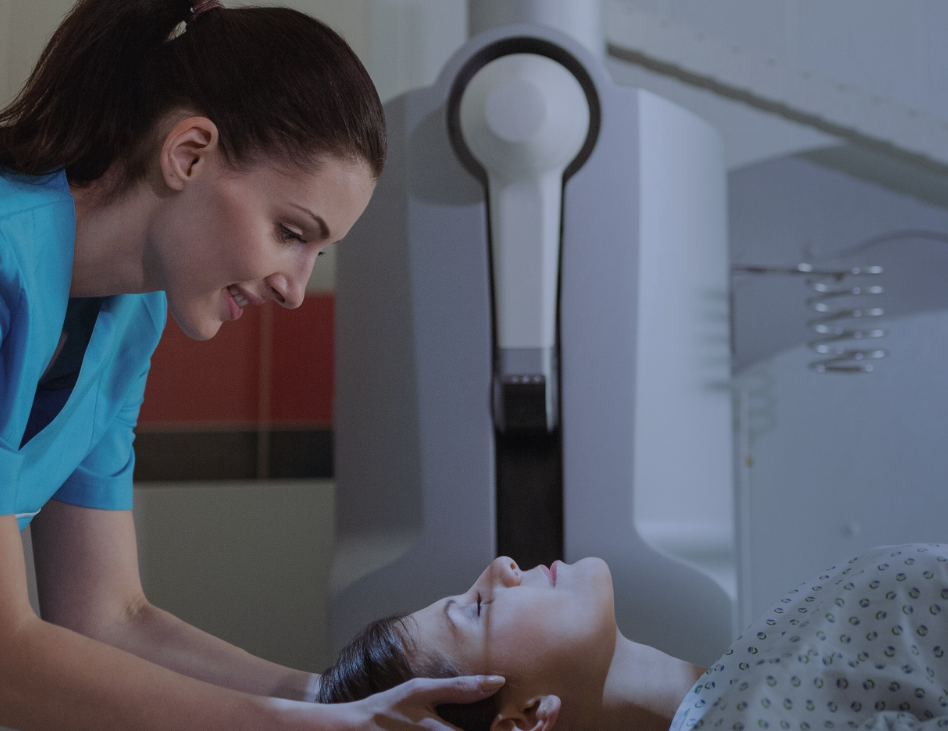Recent research suggests that molecular profiling may be a better approach to diagnosing the different types of meningioma, and determining whether or not they are likely to recur.
Diagnosing the type of meningioma is important
Each year over 16,000 people are diagnosed with a primary brain tumour in the UK, with meningiomas accounting for over a fifth of all cases. They are non-malignant tumours that grow in the membranes that support and protect the brain and spinal cord - the meninges. They are more common in women than men and usually affect people aged over 35 years. Meningiomas are usually slow-growing and they can be difficult to diagnose, with symptoms often being attributed to other health conditions.
 Choice of treatment depends on the type of meningioma
Choice of treatment depends on the type of meningioma
The most appropriate treatment will depend on the type of meningioma. Current treatment for meningioma often involves a period of observation. Mr Patrick Grover, Consultant Neurosurgeon at Queen Square Radiosurgery Centre, National Hospital for Neurology and Neurosurgery (NHNN), specialising in skull base tumours including meningioma says, "The majority of tumours can be observed in the first instance with regular imaging. This period is important to determine the behaviour of the tumour." He adds, "The observational period also allows time to fully characterise the tumour diagnosis so that the most appropriate treatment options can be considered."
See - Treating skull based tumours including meningioma and vestibular schwannoma
Three categories of meningioma
The current way of classifying the type of meningioma present is the World Health Organisation (WHO) system, which divides them into three categories. These are:
- WHO grade I (benign),
- WHO grade II (atypical) and
- WHO grade III ( malignant).
This system relies on histopathology, that is, looking at the tumour cells under a microscope. Using this system to predict whether a meningioma will recur after removal or whether a benign meningioma may become malignant has, however, proved difficult. Interestingly, recent research has suggested that molecular profiling of meningiomas could provide improved patient care by giving a better, more accurate prognosis and by revealing those tumours that may require a more aggressive form of treatment from the outset.
Molecular classification of meningiomas
One such study published by Science Advances, report that the analysis of 365 meningiomas by integrating multiple molecular profiling approaches strongly suggested there are three biologically distinct groups, with one being reliably malignant.
Dr. Akash J. Patel, a neurosurgeon specialising in treating meningioma and one of the researchers says, "WHO grade II and III tumours tend to recur, but we also have seen patients with grade II meningioma whose tumours have a more benign course. On the other hand, a portion of grade I tumours, which are generally cured with surgery, recur despite complete resection and benign microscopic features. It seems that the way we are looking at meningioma could benefit from re-evaluation, and this inspired us to continue searching for evidence supporting a better way to predict tumour behaviour."
Replacing need for traditional histopathological classification
Dr Patel writes, "Our study and those from other groups over the last few years have set the stage for a molecular classification of meningiomas. For other tumors, gliomas and medulloblastomas, molecular classification has replaced the traditional histopathological classification. We hope that in the next few years it will become standard to use molecular data to classify meningiomas, too."
Ref; Multiple approaches converge on three biological subtypes of meningioma and extract new insights from published studies. Science Advances, 2022 8 (5) DOI:10.1126







